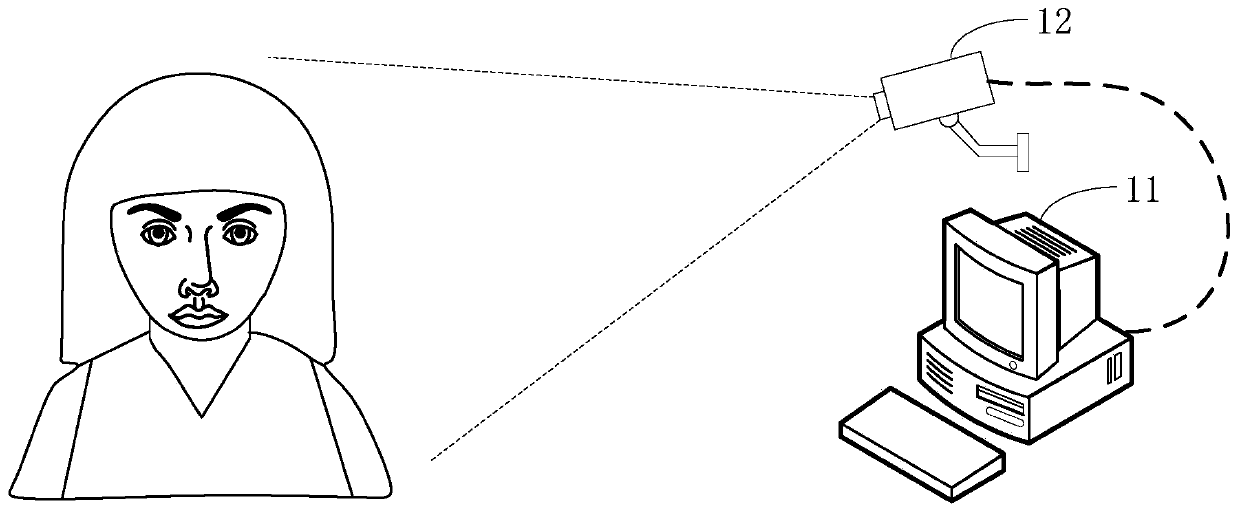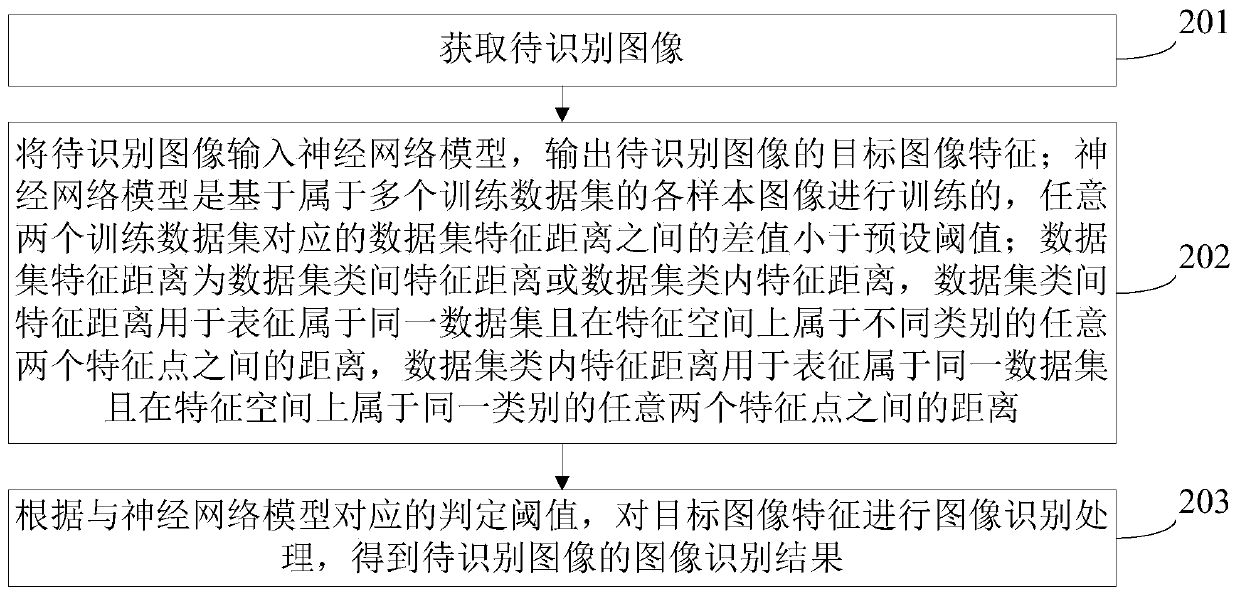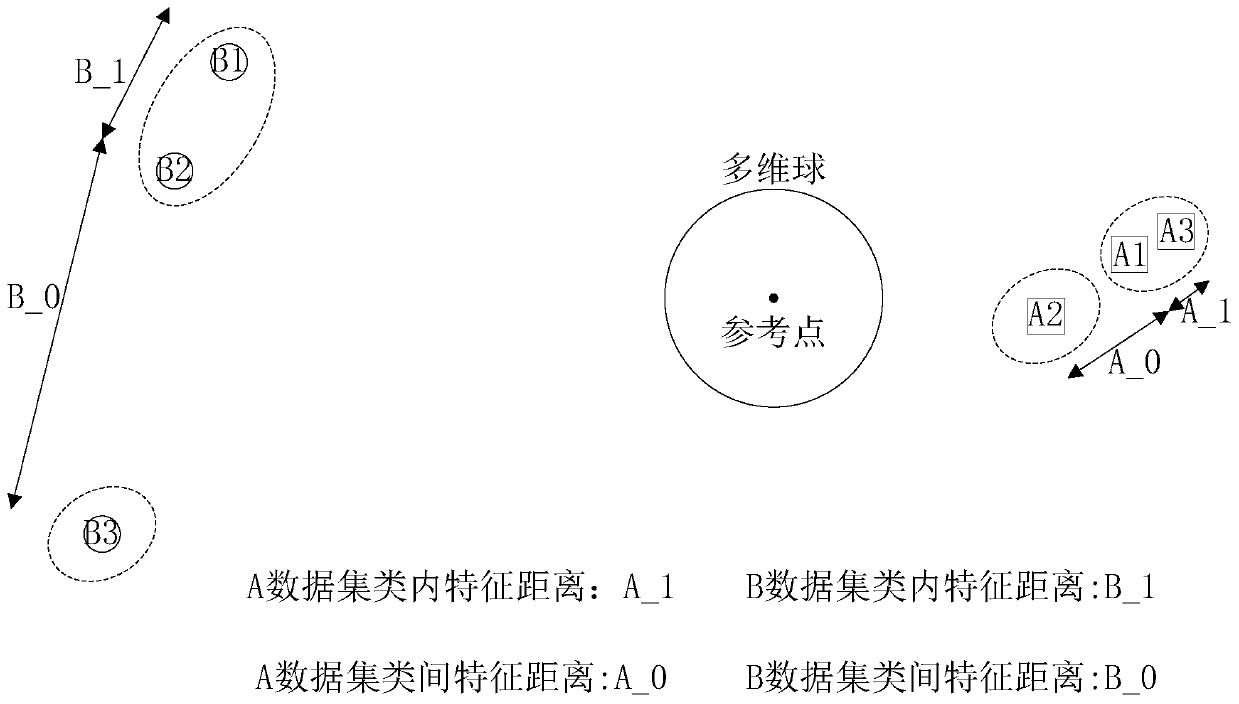Image recognition and neural network model training method, device and system
A neural network model and image recognition technology, applied in the field of image processing, can solve the problem of unbalanced performance of traditional models, and achieve the effect of balancing image recognition performance
- Summary
- Abstract
- Description
- Claims
- Application Information
AI Technical Summary
Problems solved by technology
Method used
Image
Examples
Embodiment Construction
[0047] In order to make the purpose, technical solution and advantages of the present application clearer, the present application will be further described in detail below in conjunction with the accompanying drawings and embodiments. It should be understood that the specific embodiments described here are only used to explain the present application, and are not intended to limit the present application.
[0048] The image recognition method provided by this application can be applied, but not limited to, such as figure 1 shown in the application environment. Wherein, the photographing device 12 can obtain the image to be recognized of the object to be recognized, and send the image to be recognized to the computer device 11; the computer device 11 can extract the target image feature from the image to be recognized, and perform image processing according to the target image feature. Image recognition processing such as verification, image search, image clustering, etc. Wh...
PUM
 Login to View More
Login to View More Abstract
Description
Claims
Application Information
 Login to View More
Login to View More - R&D
- Intellectual Property
- Life Sciences
- Materials
- Tech Scout
- Unparalleled Data Quality
- Higher Quality Content
- 60% Fewer Hallucinations
Browse by: Latest US Patents, China's latest patents, Technical Efficacy Thesaurus, Application Domain, Technology Topic, Popular Technical Reports.
© 2025 PatSnap. All rights reserved.Legal|Privacy policy|Modern Slavery Act Transparency Statement|Sitemap|About US| Contact US: help@patsnap.com



